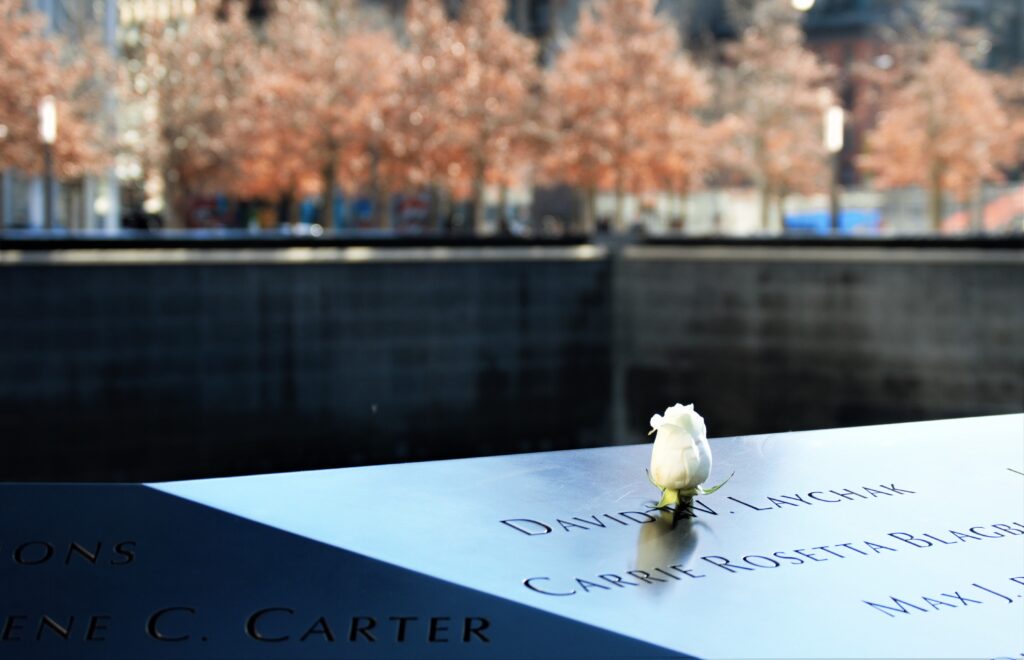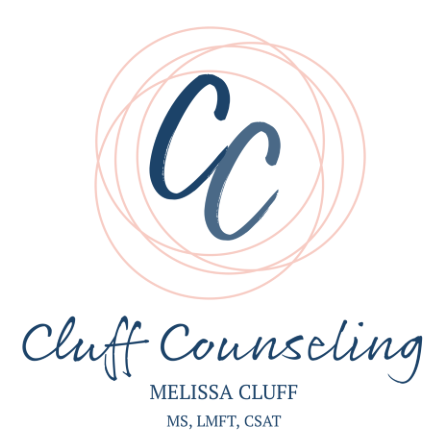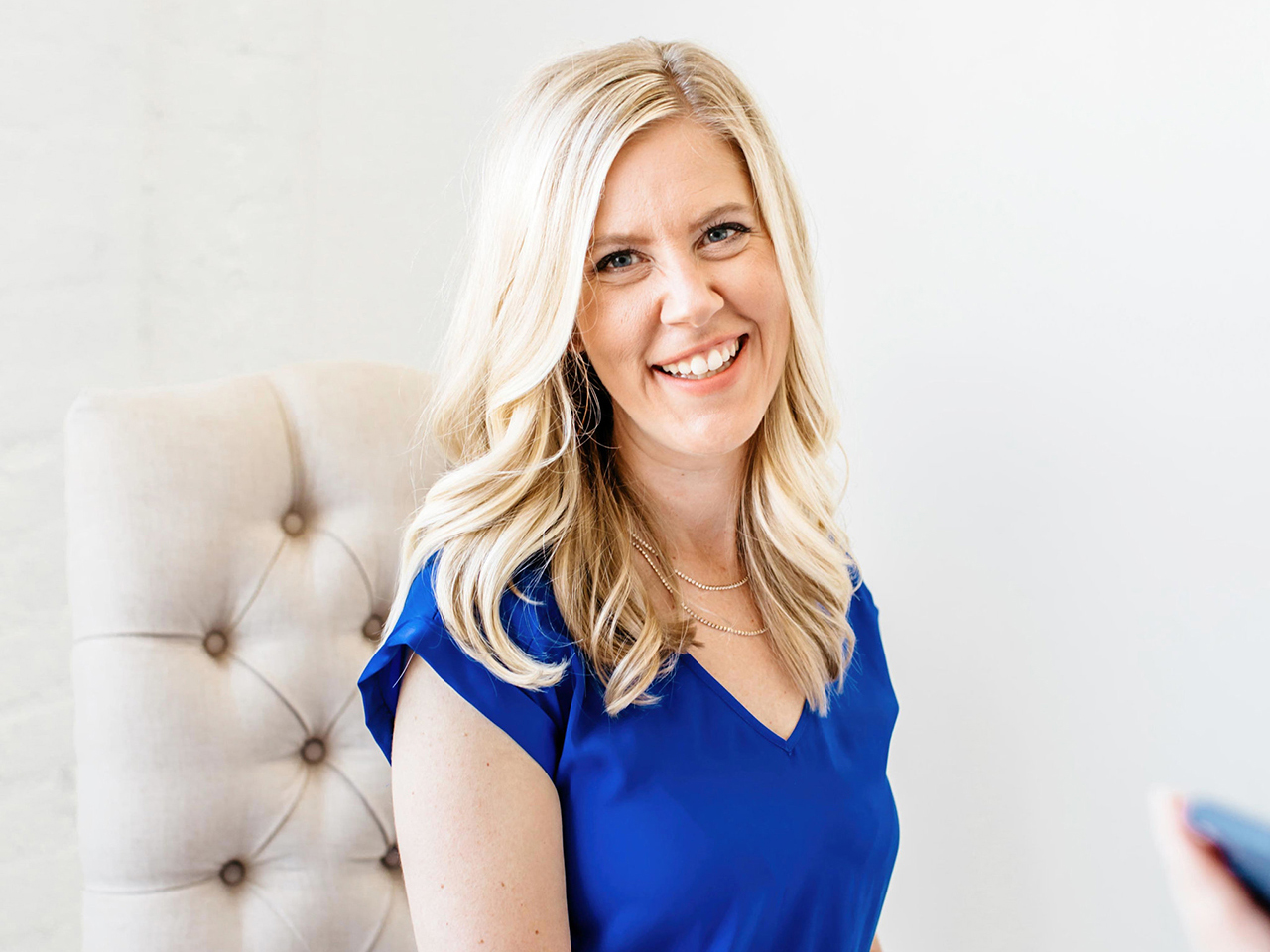Our guest blogger recounts her experience, as a child, during 9/11. She relates it to the internal and external safety we need, all the time, not only after times of national tragedy.

Guest blogger, Lydia Judd likens our nation’s experience after 9/11 of increasing our external safety and how we need to look inward and increase our internal safety as well.
I don’t remember much from when I was four years old. I’ve seen pictures of my Barbie birthday cake covered in candles while I’m grinning ear-to-ear ready to make the wish of a lifetime—yet, I don’t recall a thing. It’s normal, really, not to remember the details from early childhood. I do, however, still hold a vivid memory of one particular day, not so long after the candles and barbies and wishes.
I woke up with the sun (much to my mother’s demise) and spent the morning helping my older brother prepare to go to school. I don’t remember much about the morning’s activities, but surely I filled the minutes playing with my young brother while my mother folded the laundry. What I vividly recall was my mother’s panic as she ran into the front room to call my father. Her voice was high, like it gets just before she’s about to cry, and she asked my dad if he had seen the news. He had. By that point, half of the nation had heard the news; the twin towers had been hit. We picked up my brother early from school that day, September 11, 2001, and stayed at home watching the news as the entire nation transformed overnight.
As a child, I did not fully understand the tragedy of 9/11, but I certainly grasped the terror. I realized for the first time that adults could be just as terrified as children. Our collective safety as a nation was threatened. The community was solemn; play dates were cancelled, events postponed, and conversations concentrated solely on the events of the previous days, which soon became weeks, months, and eventually years.
Now, twenty years have passed, and we continue to feel the effects of the September 11th terrorist attacks. Indeed, our reflections are understandably somber. Much has changed due to the attacks and resulting tragedy so many years ago. A renewed focus on external safety has led to more US involvement in international wars, strict laws regarding immigration and deportation, extensive travel protocol, and increased surveillance aided by smartphones and the internet. We are grateful for these measures which aim to ensure that our physical safety and national unity are not threatened again.
As we continue to strengthen our external safety efforts following the attacks of September 11th, we would do well to likewise turn inward, and reflect on the internal safety measures we are taking as we process the devastating losses that accompany this 20-year memorial.
In therapeutic settings, internal safety refers to a client’s sense of emotional self-awareness and subjective inner processes that serve as a measure of affect throughout therapy. We recognize the level at which we experience internal safety namely when it is threatened. Internal safety is often linked with expressions such as “safe space”, “inner protection”, and “emotional competence”. The internal safety of millions of Americans was threatened in the wake of the 9/11 terrorist attacks. As we actively reconcile the events of that day, let us use this significant 20-year memorial to secure our external and internal safety moving forward. You can find steps on how to establish internal safety on part two of the blog post tomorrow.
Our guest blogger, Lydia Judd studied Psychology at Brigham Young University and is currently applying to grad school. She lives in Dallas, TX with her husband and sweetest baby girl.
Resources:
- Psychology Today: The Need for Safety in Therapy, Part Three

